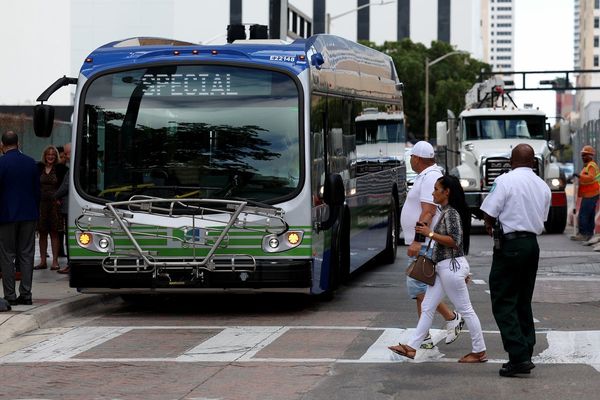Australia's inflation rate is expected to tick higher in the June quarter but the increase will be capped by a cut in the fuel excise announced this week.
"Our central forecast is for inflation to pick up to four-and-a-quarter per cent through the year in the March and June quarters," Treasury Secretary Steven Kennedy told a post-budget Senate estimates hearing on Friday.
Of this, about one percentage point would be due to the direct effect of higher oil prices on fuel.
Broader global energy cost and supply-chain pressures will put pressure on prices for other consumer goods in the near term.
Treasury is forecasting for oil prices to remain elevated but reduce from the recent peak of above $US125 per barrel.
A more prolonged period of higher oil prices could add a further quarter percentage point to annual inflation in mid-2022, Dr Kennedy said.
Without the reduced excise, inflation would have been forecast to rise to 4.5 per cent in the June quarter, he said.
Treasurer Josh Frydenberg on Tuesday halved the 44.2 cents a litre fuel excise for six months in an effort to cut cost-of-living pressures.
Economists expect inflation to accelerate to at least five per cent compared with an already high rate of 3.5 per cent.
Dr Kennedy played down the risk of that happening, saying conditions in Australia were a little different to those in the United States and Europe, meaning inflationary pressures have been relatively moderate.
"While we have faced higher petrol prices, we have not faced domestically higher gas prices, and other energy prices, to the same extent," he said.
"The second factor is in the US they have got broader wage pressures coming through. They have not recovered their participation rates so they are facing a tighter labour market."
Global inflationary pressures are likely to steadily reduce as oil prices fall and supply-chain pressures ease, but headline inflation in Australia is forecast to remain at 2.75 per cent to June 2024, thanks to the tight domestic labour market and strengthening of wages growth.
"While wages have picked up in occupations with particularly tight labour supply, aggregate wage pressure has been slower to emerge," Dr Kennedy told senators.
"Nonetheless, there are signs that firms are increasing remuneration to attract workers in a competitive market, for example through the payment of bonuses or higher wages to new hires."
Australia's Wage Price Index was at 2.3 per cent in the December quarter, and is forecast to rise to 2.75 per cent by mid-2022 and 3.25 per cent in 2023, near the upper end of the Reserve Bank's target band.
The economy is forecast to expand by 4.25 per cent in financial year 2021-22, despite the expected 0.5 percentage point hit in the March quarter from floods in Queensland and NSW, as well as the impact from Russia's invasion of Ukraine.
However, Dr Kennedy warned of the potential risk a more virulent strain of COVID-19 could reduce GDP by half-a-percentage point and nudge unemployment higher.
He also flagged the impact of the damage to China's economy from the recent lockdowns in major cities there.
"Recent COVID-19 outbreaks in China's port cities and manufacturing regions, including lockdowns in Shanghai over the past week, demonstrate the continued risk the pandemic poses to supply chains," Dr Kennedy said.







